|
I am wrapping up the two lectures shared with the Navin Doman Seminary. This will be the final post, that I am entering on my final evening in India. ---------- Ferdinand Hahn in Lohardaga (and Suleman Khalko his coworker) would teach what Pastor Gossner used to teach, that you have to have Christ inside you, but you also have to serve, not just by evangelism, but also serving the sick and needy. So some of the people came to them and it was obvious that they had what is now called Hansen’s Disease or leprosy. At that time among the Adivasi it had no stigma to have leprosy, they weren’t thrown out of their homes. They were allowed to stay in the village. Everywhere else in India they were driven out of their family. Yet they came and said that when things are difficult, we feel bad that we are a burden to the family. So they asked the missionaries to help them. This would be about 1878-9. So missionaru Hahn wrote to the Leprosy Mission Society in Scotland, and when he went back to Europe he went to visit them. He wrote that we need to build a community for these people. That is how he built these houses in Lohardaga, very close to their bungalow. And everybody would worship together, the well and the sick together, with women on one side, men on the other, and in the back the people who had leprosy. They always considered that they were one community and so wanted to worship together. 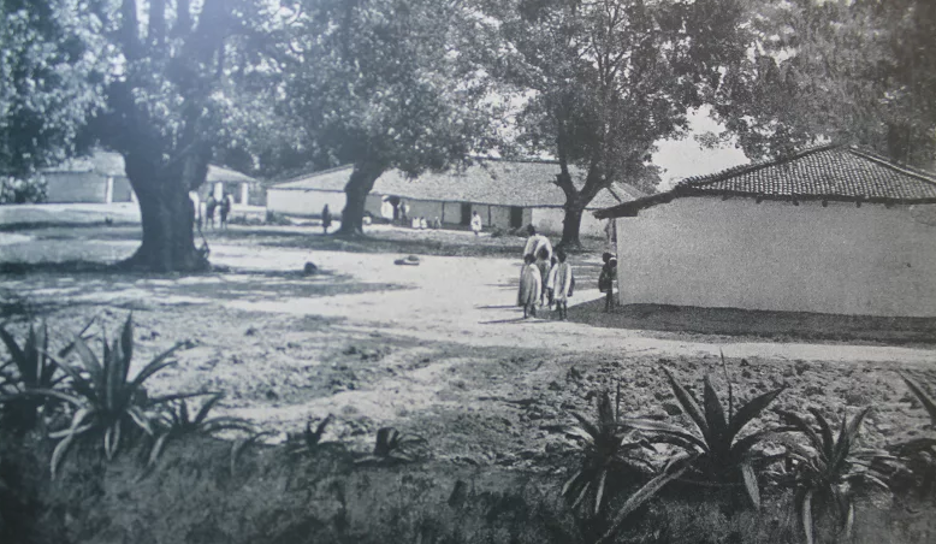 The first time that Ferdinand Hahn ever saw anybody with leprosy, was on the trip coming to India and they had stopped in Colombo, Sri Lanka, and he saw a beggar woman on the side of the road, and he wondered what alienation this person is experiencing. He already wanted to make a haven of hope for these suffering souls. At around this time many of the Adivasi from Chotanagpur were being sent as laborers to the tea plantations (in Assam, Darjeeling, etc.). So in 1900 Ferdinand Hahn went to Assam to see about starting mission there. But while he was there one year the missionary in Purulia died and so he was recalled to go to Purulia because it was such a big institution by this time and there was no missionary there. (Picture) There he found 700 lepers living together in one community, the biggest in Asia. So from 1901-1910 he is in Purulia. And there, unlike Lohardaga, he is only working among the people with leprosy and as pastor of their church. (The Mission to Lepers required a missionary to run the institutions they funded). He had a very nice way of preaching and teaching. He would walk amongst the people like this, and say, Jesus died on the cross for us. Yes, yes! Is that all he did? Then they would all shout, oh, yes, yes, yes. He rose again from the dead. He saved us from sin. They would all loudly give the answers they knew. And if someone were quiet he would turn to them and say, what did Jesus do for you? And the person would stand up and say, Jesus healed me. Or, Jesus brought me here to this place, and now I have a family. It was a very nice time, because they loved these people so much. Yes, they would have to clean their sores, because at that time there was no cure. They created a self-sufficient community, they made their own furniture, they grew their own food. In Purulia Hahn had more access to the British people. And he would tell them stories about Lohardaga. They asked him to write this down. And perhaps if he had not gone to Purulia, he may not have written the Kurukh grammar. He also wrote articles for the Asiatic Society of Bengal. In Lohardaga he had been very busy, but he had been making a lot of notes, but those notes would never have been published. It was because the English who had encouraged him to write to get his knowledge published. And it was at this time also that he wrote for the Germans (in Germany) the history of the Adivasi that I brought here. My father translated it from the German to the English and I brought it here for you. Sometimes we are taken somewhere else, and it is a good thing, although we may not understand until afterwards why it is such a good thing that has happened to us when you are asked to go from the place where you are happy to another place. You may ask why should I go, I am happy here. He was happy in Lohardaga, why was he called to Assam, to Purulia? In Purulia he had time to write! In conclusion, I want to say a little about his family. Above right is a picture of the Hahn Family: These are all his children. Standing in the center behind the parent is Louise, my great grandmother, she was born in Ranchi. The brother, Theo, standing next to her and her sister Marie sitting on right of picture was born in Ranchi. All the rest were born in Lohardaga. Doris and Ferdinand had 13 children, one buried in Ranchi, and one is buried in Lohardaga. . Only one (rather short) time in their whole lives did they live together, able to take this picture. They wanted to keep their German culture, it was very important to them. And this is why they encouraged the cultural development of the people also, because they said that if culture is important to us, if our language is important to us, then it must be important to them also. But the reason they had not been able to live together was because the older children were in school in Germany while the younger children were being born in Lohardaga, so only this one time they were all together in Germany at one time.
When I was in Lohardaga they asked me, how many of the children became missionaries. Half of them did, they all did some kind of work in the church. Louise, the oldest was a missionary i n Chattisghar. Her father helped also start the leprosy asylum in Chandkhuri. Standing in the back was the oldest son, who was a doctor. He came to Purulia for one year and then went to Mexico as a missionary. Marie was here in Purulia as a missionary with her husband Paul Wagner. On the left seated is Frieda, she went to Africa to be a missionary. Gushie standing on the left was in Ranchi as a missionary, and came back between the wars (after WWI).She was married to Martin Prehn. The sons all went to Seminary in America. One son standing on the far right died a few years after this pucture.Behind him on the right this son became very bitter and fell away from the church. And he died in the war, WWI. Interestingly enough, he died on the same battlefield where my mother’s father was fighting on the American side. So on one side my mother’s father, and on the other side, my great uncle. This happens all the time in war. As in the Pakistan-India wars brothers are made to fight each other. It is always like this in war. Yes, only two were pastors.
3 Comments
Cheryl Paulovich
7/17/2018 04:57:52 pm
Your blogs are so interesting since you write about areas I knew! I'd live to chat with you! I still have the Mundarica Encyclpedia and wonder if you epould have any interest in them. Do lete know! Blessings, Cheryl
Reply
Mary Girard
7/18/2018 06:47:50 am
Cheryl, will you be at reunion this weekend? We can talk then, even if you just come for Saturday khanna.
Reply
Vicky minz
4/6/2024 11:54:51 pm
यह जानकारी बेहद ही उपयोगी है। मैं विक्की मिंज हूँ। Ferdinand Hahn लोहरदगा में उनका कार्य हम उरांँव आदिवासियों के लिए अतुलनीय है। शायद Hahn ने यह काम नहीं किया होता तो शायद हम उरांँव लोगों की दशा बेहद की ख़राब हो जाती। धन्यवाद धन्यवाद धन्यवाद 🙏🏿❤️
Reply
Leave a Reply. |
2016 -2020These musings include the journey of my writing on the history of my great great grandparents and the travels for research to India, Germany and other places of interest. Archives
June 2020
Categories |
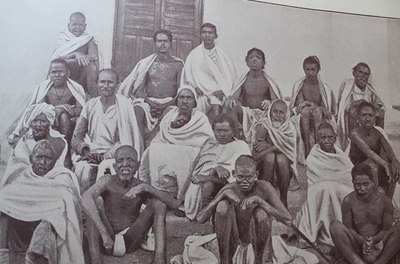
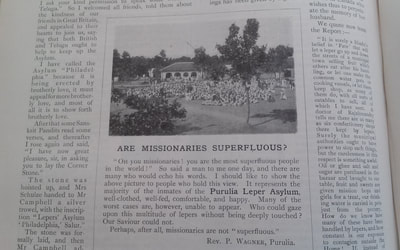
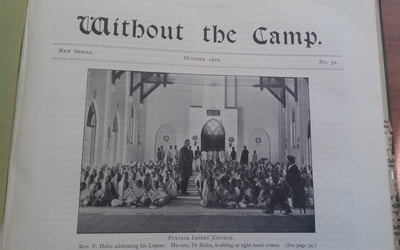
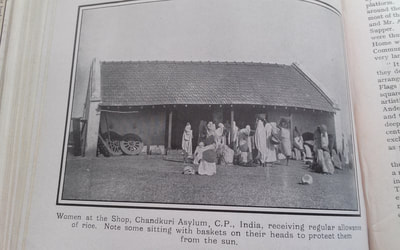
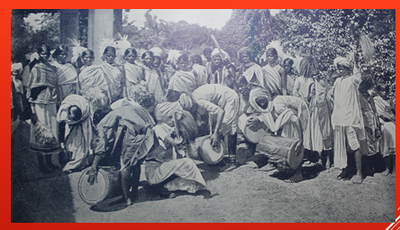
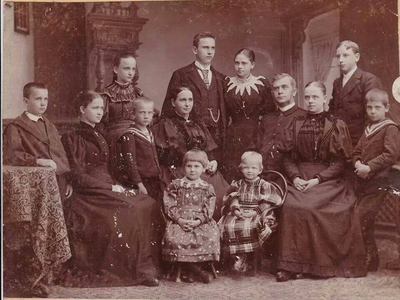
 RSS Feed
RSS Feed